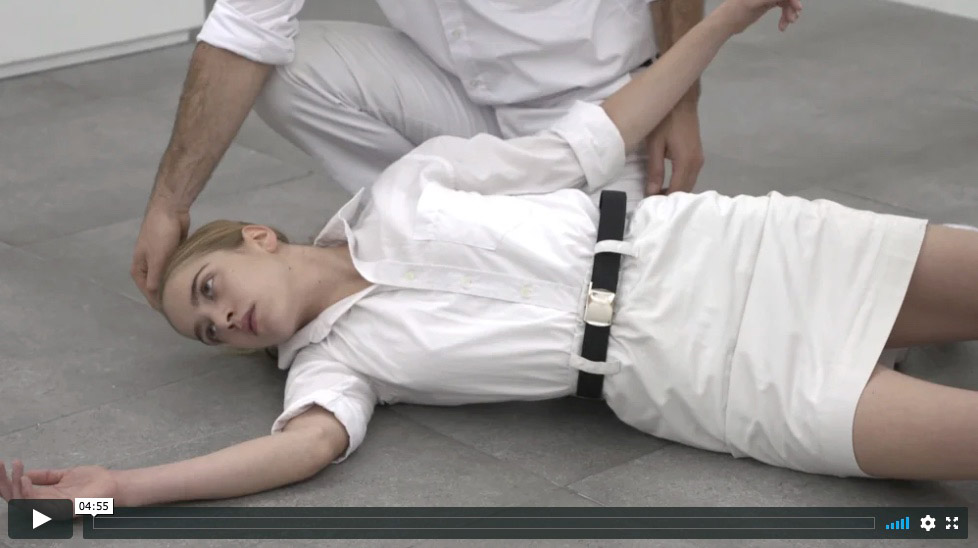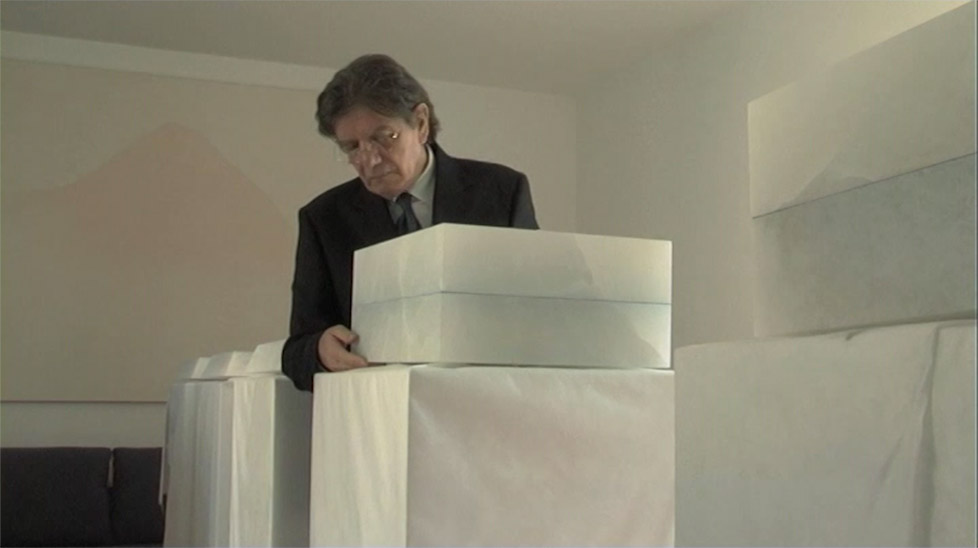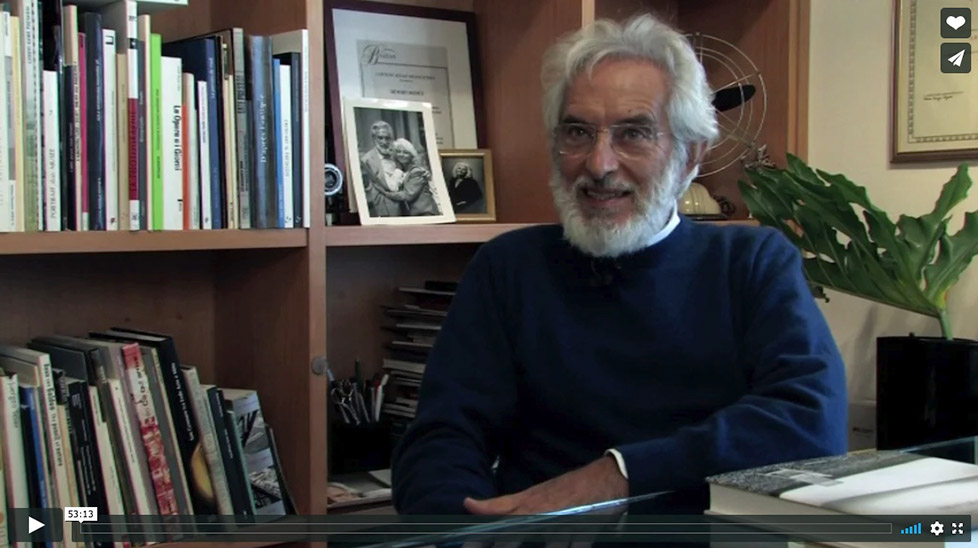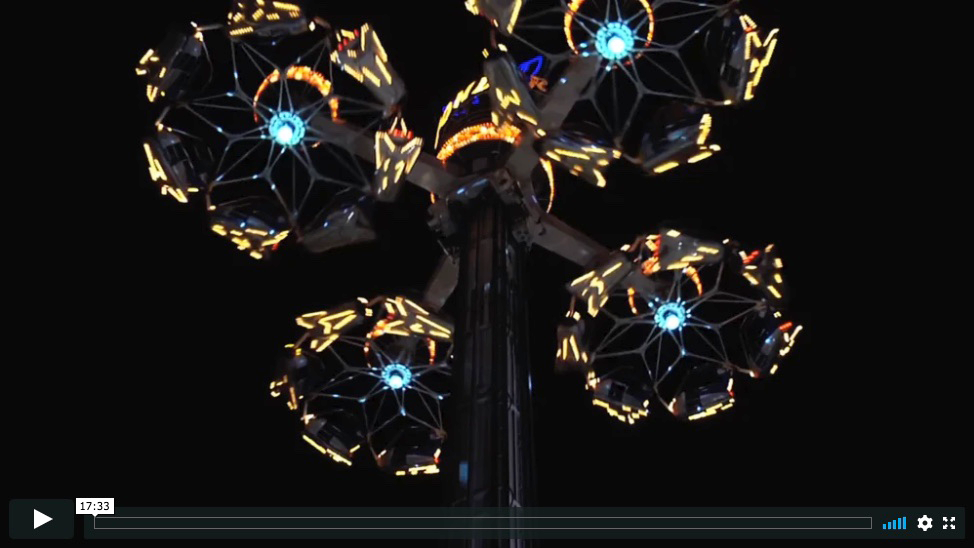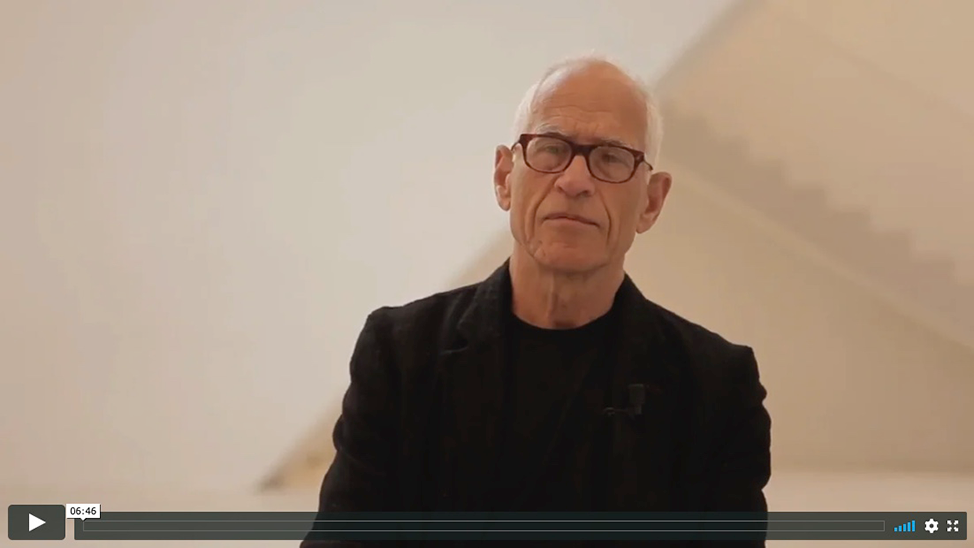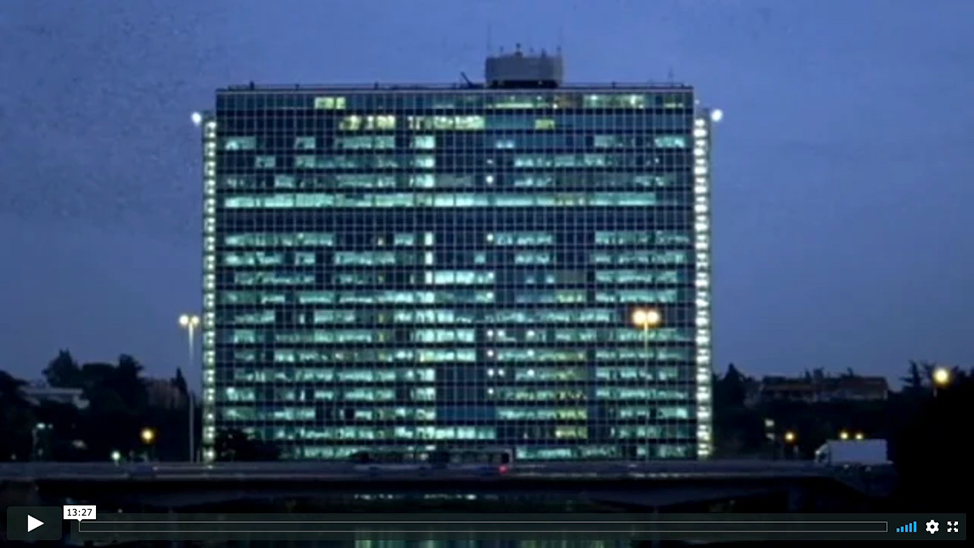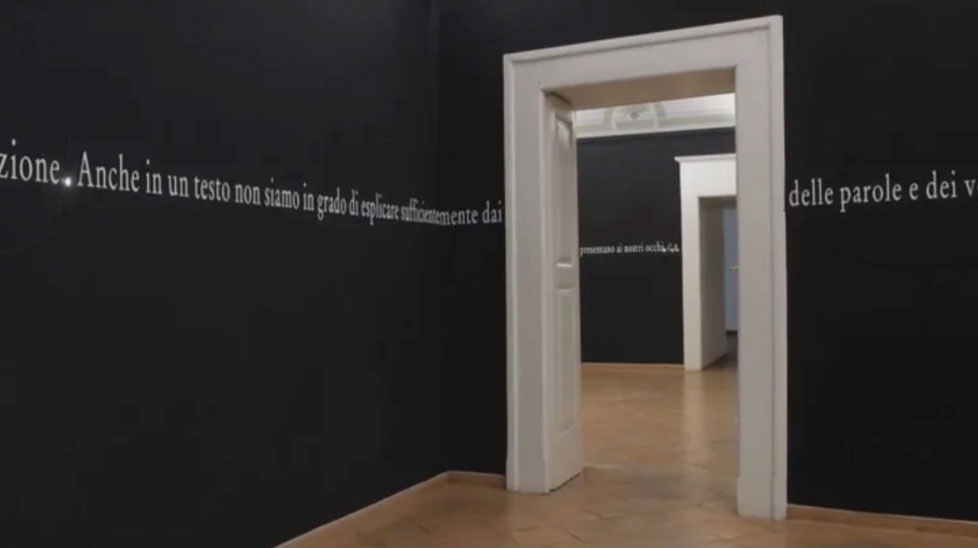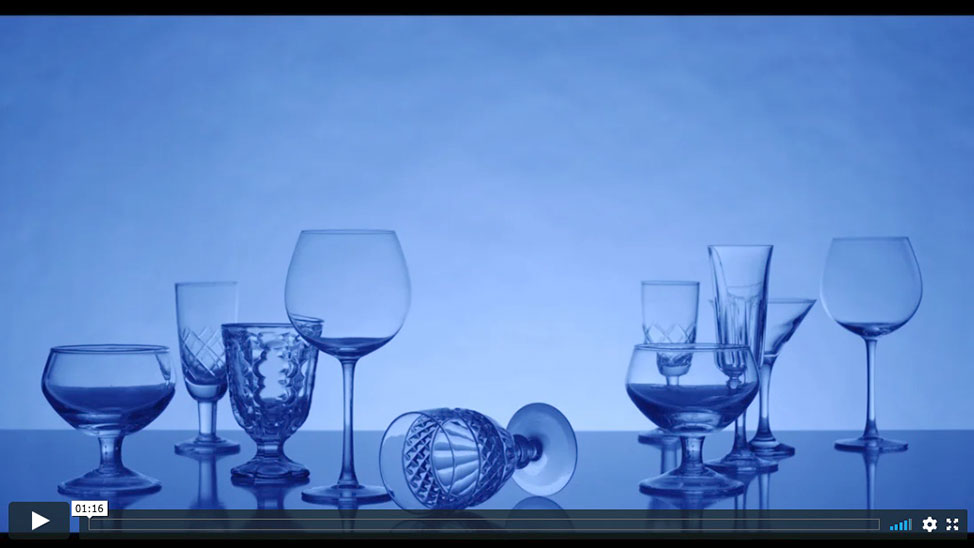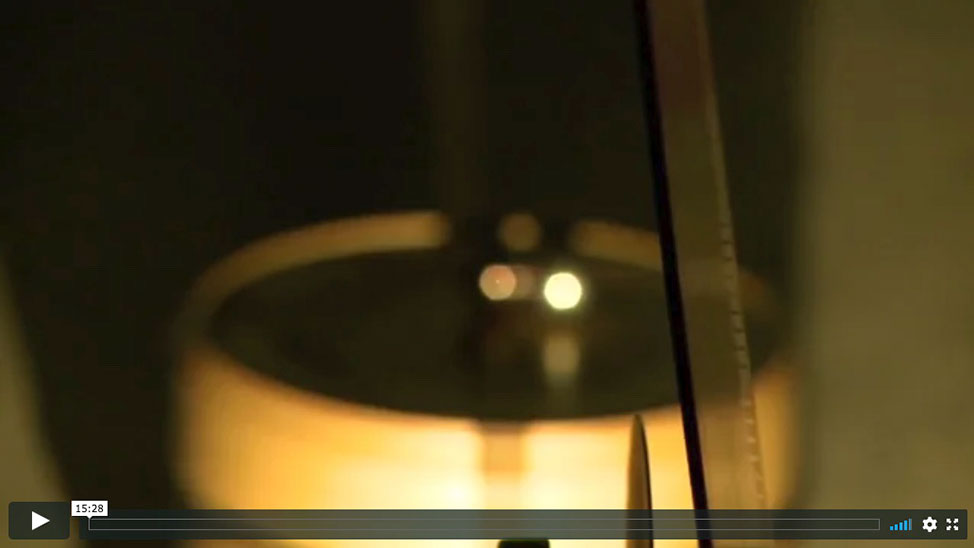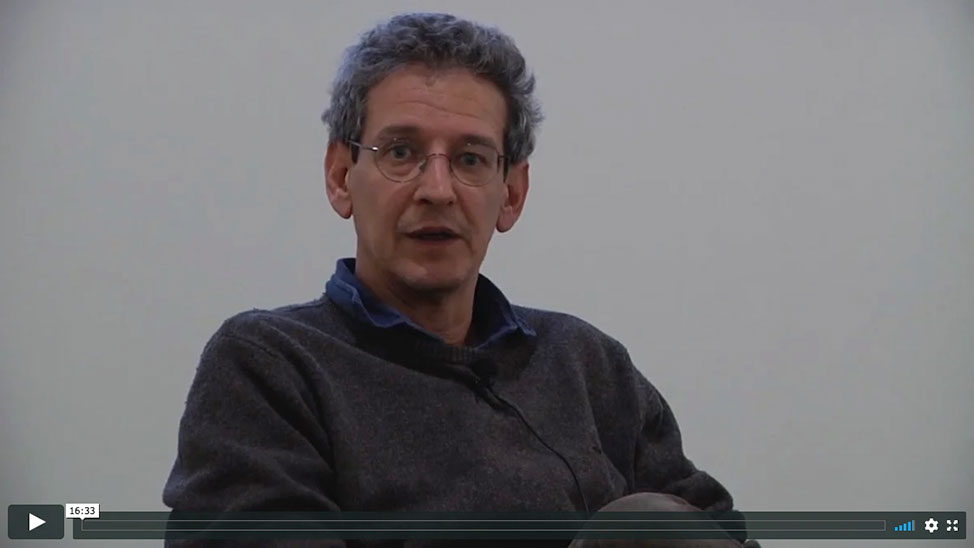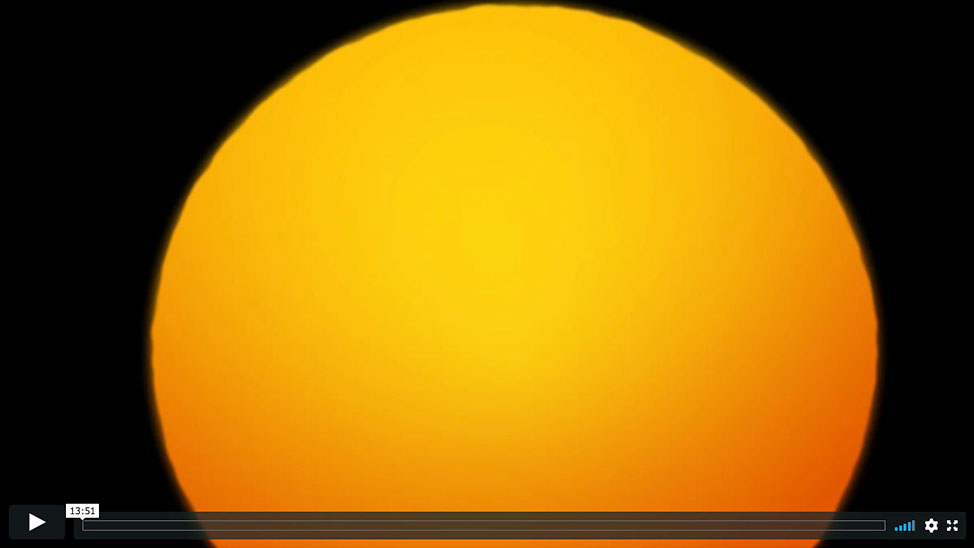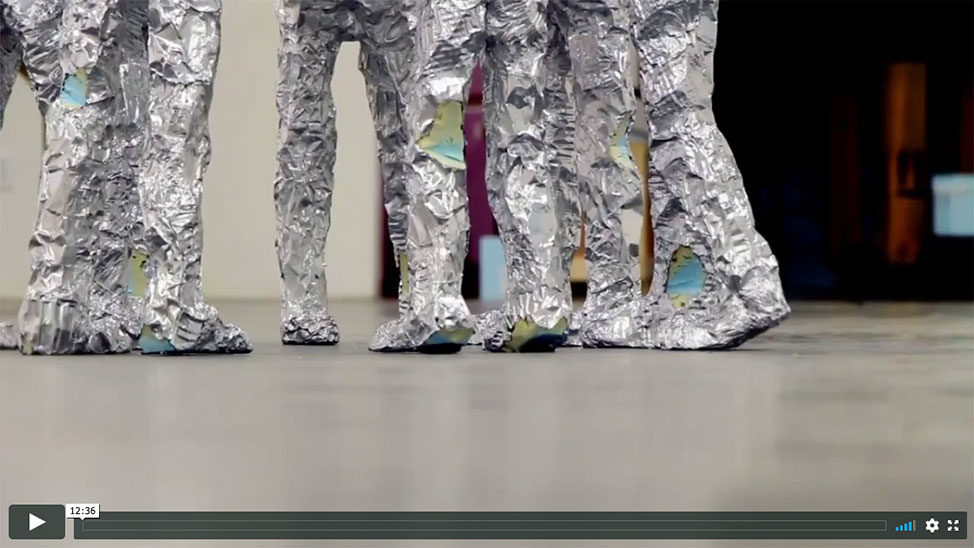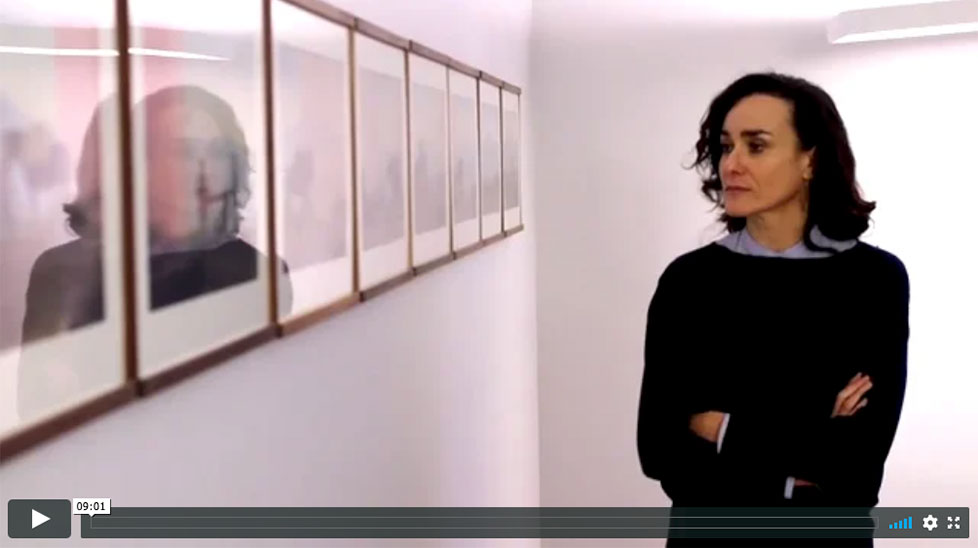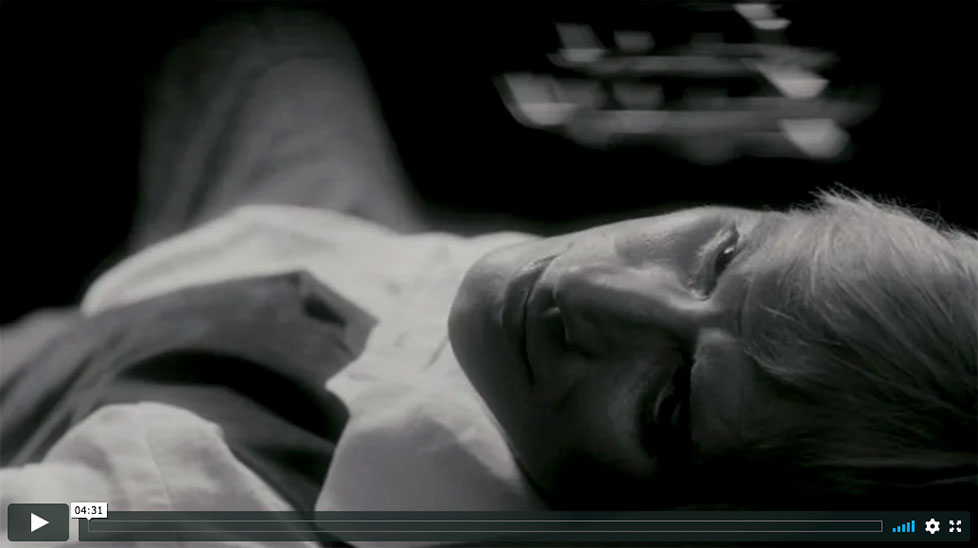JOURNAL
a virtual weekly logbook
Journal deeps into artist’s research and vision by publishing new content, insights, artist’s videos, archival materials, interviews, virtually keeping our doors open.
The contents will remain online as part of our archive
CHAPTER XIV: POLYS PESLIKAS
The Future of Colour, The Cyprus Pavilion, 57th Venice Biennale
Chapter XlV of Journal focuses on Polys Peslikas and the making of his solo exhibition The Future of Colour conceived for the Cyprys Pavilion at the 57th Venice Biennale (2017). His artistic practice explores the possibilities of non-representational, by means of richly textured surfaces in which figurative fragments are caught in a constant state of flux.
A series of images selected by the artist in his studio and an excerpt from a text by curator Jan Verwoert, guide us through the poetics that accompany the making of the works, revealing their composition. From the white canvas, layer after layer, the surface becomes the site of a ritualistic repetition of gestures. The forms created on the canvas are naturally composed, keeping the potential of the paintings open.
Polys Peslikas (1973, Limassol, CY) lives and works between London and Nicosia (Cyprus). His work has been presented in many museum and is included in major public and private collections.
“Yet, as the sun is both heat and light, the experience of the world (in the mode of being filed with sun) takes place in the key of touch, as much as in that of vision. To bring out the haptic quality of vision—of bodies touched by light—indeed could be perceived as another key quality Peslikas’s paintings bring to the fore: on the one hand, the touch of the light is rendered tangible in the bleaching of colours and the commitment to returning any added colour to the manner in which the picture plane is lit. On the other hand, Peslikas’s meditation on textures, fabrics, and folds comes back into focus here: in conversation, before the paintings, artist Shraddha Borawake said that the strongest memory they brought back to her was the feeling of the linen robes her farmer grandfather wore in the fields of rural India and how the linen literally absorbed the heat, alternately providing cooling or warmth. So there is a space between the body, the skin, the air, and the sun, where fabrics form a climate zone around an elemental exchange between temperatures (and transpirations).”
Excerpt from a text by Jan Verwoert from the book “Umm Kulthum faints on stage”
On the occasion of the exhibition “The Future of Colour”, The Cyprus Pavilion, 57th Venice Biennale Arte, 2017
Il capitolo XlV di Journal si focalizza su Polys Peslikas e sulla mostra personale The Future of Colour realizzata per il Padiglione di Cipro alla 57ma Biennale di Venezia (2017). Le potenzialità della pittura sono indagate attraverso superfici dense ed elaborate, in cui i frammenti figurativi sono colti in uno stato di flusso perpetuo.
Una serie di immagini selezionate dall’artista nel suo studio e un estratto del testo scritto dal curatore Jan Verwoert, ci guidano attraverso la poetica che accompagna la realizzazione delle opere, svelandone la composizione. Dalla tela bianca, strato su strato, la superficie si addensa di colore e diventa lo spazio di una ripetizione ritualistica di gesti. Le forme si compongono quasi naturalmente sulla tela lasciando aperte le possibilità della pittura.
Polys Peslikas (1973, Limassol, Cipro) vive e lavora tra Londra e Nicosia (Cipro). Il suo lavoro è stato presentato in personali e collettive in musei e istituzioni internazionali ed è incluso in numerose collezioni pubbliche e private.
“Tuttavia, poiché il sole è sia calore che luce, l’esperienza del mondo (che ha vita grazie al sole) avviene nella chiave del contatto tanto quanto in quella della visione. Far emergere la qualità tattile della visione – dei corpi toccati dalla luce – potrebbe essere un’altra qualità percepita nei dipinti di Peslikas: da un lato il tocco della luce è reso tangibile nel candeggio dei colori. Dall’altra parte la meditazione di Peslikas su trame, tessuti e pieghe ritorna qui al centro dell’attenzione: nel dialogo, prima dei dipinti, l’artista Shraddha Borawake ha affermato che il suo ricordo più forte era la sensazione delle vesti di lino che il nonno contadino aveva indossato nei campi dell’India rurale e il modo in cui il lino assorbiva letteralmente il calore, fornendo alternativamente freddo e caldo. Esiste uno spazio tra il corpo, la pelle, l’aria e il sole, in cui i tessuti formano una zona climatica attorno a uno scambio di elementi tra temperature (e traspirazioni).”
Estratto dal testo di Jan Verwoert dal libro “Umm Kulthum faints on stage”, pubblicato in occasione della mostra “The Future of Colour”, Padiglione di Cipro, 57ma Biennale di Venezia, 2017



